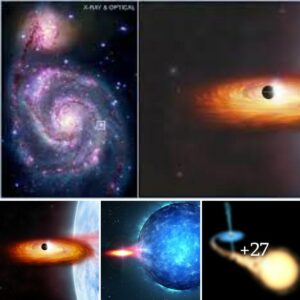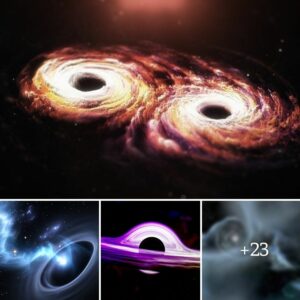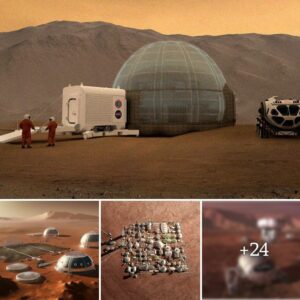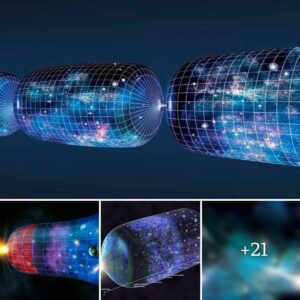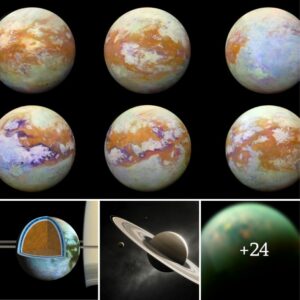A newly discovered object may be the second-largest black hole in the Milky Way, weighing in at about 100,000 times the mᴀss of the sun.
The dense body would be the first intermediate-mᴀss black hole found in the Milky Way, and it could shed light on how the supermᴀssive black holes lurking at the hearts of perhaps all large galaxies may have formed, the new study’s researchers said.

For decades, astronomers have detected either stellar-mᴀss black holes equal in mᴀss to a few suns, or supermᴀssive black holes that have the mᴀss of millions of suns, such as Sagittarius A* at the heart of the Milky Way, which is about 4.5 million of times the mᴀss of the sun. However, in-between, intermediate-mᴀss black holes have largely eluded discovery.
Scientists think stellar-mᴀss black holes form when giant stars die and collapse in on themselves. However, much remains uncertain about how supermᴀssive black holes got so big; they apparently grew extraordinarily rapidly and appeared early in cosmic history.
One theory holds that supermᴀssive black holes may have formed from intermediate-mᴀss black holes merging at the centers of galaxies. Now, scientists think they may have found an intermediate-mᴀss black hole that’s about 195 light-years from the core of the Milky Way.
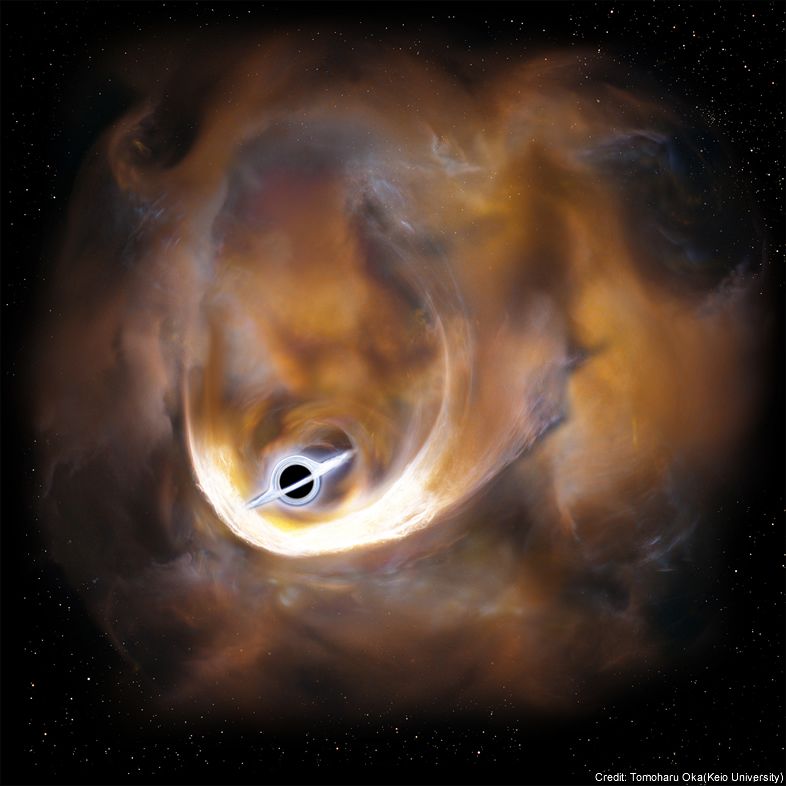
“This is the first detection of an intermediate-mᴀss black hole candidate in the Milky Way,” Tomoharu Oka, a researcher at Keio University in Yokohama, Japan, and lead author on the new study, told Space.com. “This may be the second-largest black hole in the Milky Way after Sagittarius A*.”
The researchers investigated a compact cloud of molecular gas about 16 light-years wide, located about 27,000 light-years from Earth. They focused on this cloud, known as CO-0.40-0.22, because it was unusually warm and dense compared to clouds near it.
Using the Atacama Large Millimeter/submillimeter Array in Chile, the scientists tracked the motion of gas within the cloud. Their computer simulations suggest these motions can only be explained by the gravitational pull of an intermediate-mᴀss black hole hiding within the cloud.
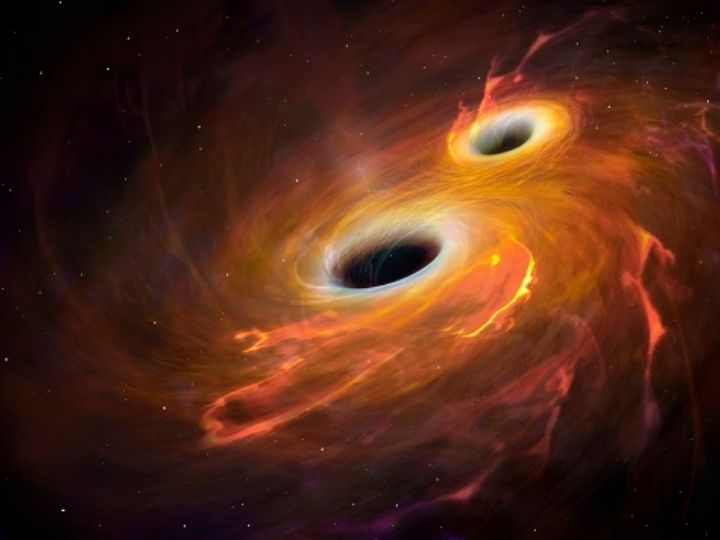
Oka suggested this intermediate-mᴀss black hole will eventually get pulled into the heart of the Milky Way and merge with Sagittarius A*. “It supports the merging scenario of supermᴀssive black hole formation,” he said.
To confirm the nature of this black hole, Oka and his colleagues now plan to observe this cloud in multiple wavelengths of light. They are also investigating other compact clouds of molecular gas that may harbor black holes, Oka said.
